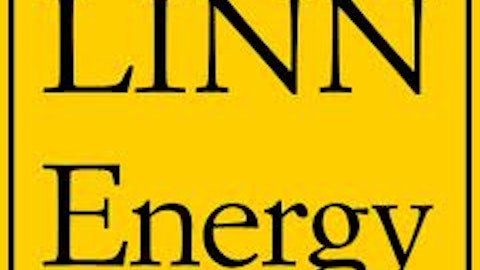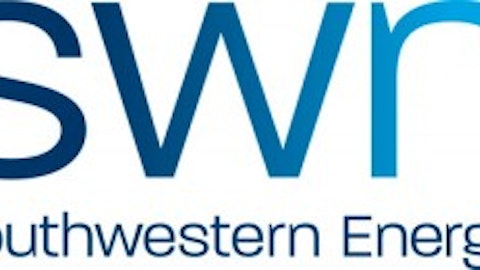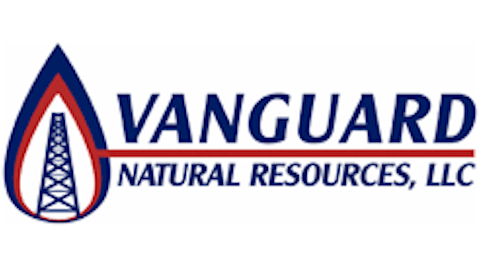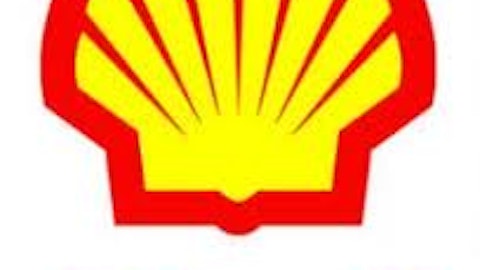I’m quite frankly baffled by the amount of negative press Linn Energy LLC (NASDAQ:LINE) has generated this year. The one-two punch of negative research reports followed up by equally negative articles published by Barron’s have been a recurring theme all year. I’m sure it is causing many investors to lose both patience and faith in the company. It’s a shame, because it’s causing undue harm to investors, many of whom have been holding for a long time.
I should know, I’ve been holding units for almost as long as the company has been public. Over that time I have been paid a distribution every single quarter and my last distribution payment was about 30% higher per unit than my first distribution payment. It’s almost funny now that most of the negative research is figuratively pounding the table that the company will cut that distribution. This is the same company that maintained it through the financial crisis while many other dividends and distributions across all other industries were cut.
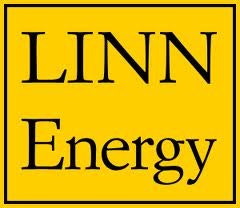
Represent changes in fair value of the derivative contracts from period to period and include the premiums associated with put option contracts over time. LINN considers the cost of premiums paid for put options as an investment related to its underlying oil and natural gas properties only for the purpose of calculating the non-GAAP measures of adjusted EBITDA and DCF. The premiums paid for put options that settled during the three months ended March 31, 2013 and March 31, 2012 and during the years ended December 31, 2012, 2011 and 2010 were approximately $43 million, $26 million, $148 million, $88 million and $94 million, respectively.
When you subtract those premiums it suggests that Linn Energy LLC (NASDAQ:LINE)’s distributions where more than its distributable cash flow. According to those negative views on the company, this proves that the company can’t cover its distribution with cash generated from the business and therefore its units are worth substantially less, though there is no mention of the oil and gas reserves it holds. LINN on the other hand is adapting to these concerns and has already said that it won’t purchase any more puts because of how much attention is being drawn to how it accounts for them. You have to ask yourself, if puts are what’s driving the distribution why would LINN stop using them?
What I also find odd is that it’s not like Linn Energy LLC (NASDAQ:LINE) hasn’t already admitted that it doesn’t earn enough to cover its distribution from time to time. Just last quarter LINN disclosed that it didn’t earn enough to pay its distribution as its coverage ratio was just 0.88 times. LINN’s been fighting that coverage ratio for years now.
It’s one reason why the company has turned to aggressively growing its production organically. The production from Linn Energy LLC (NASDAQ:LINE)’s oil and gas wells are in a state of continual production decline; it’s just a fact of nature. In order to offset that decline, LINN and its industry peers like BreitBurn Energy Partners L.P. (NASDAQ:BBEP) need to invest capital just to maintain current production levels to keep the distribution afloat. That’s of course only part of the battle these companies face, and volatile commodity prices don’t help much either. This is why both LINN and BreitBurn have turned to investing capital to grow production.

Source: LINN Energy
The turn has been pretty clear: In 2009, Linn Energy LLC (NASDAQ:LINE) spent just $45 million on organic growth projects, compared to $97 million just to keep its production steady. Last year the company spent $700 million on growth and another $362 million on maintaining production. Notice it went from spending two dollars on maintenance and one dollar on growth to the inverse proportion. It’s one of the many levers the company has at its disposal to keep production flowing and the distribution growing. For whatever reason, those negative opinions on the company miss the fact that it does have these levers to pull in order to earn more income to meet its distribution.
